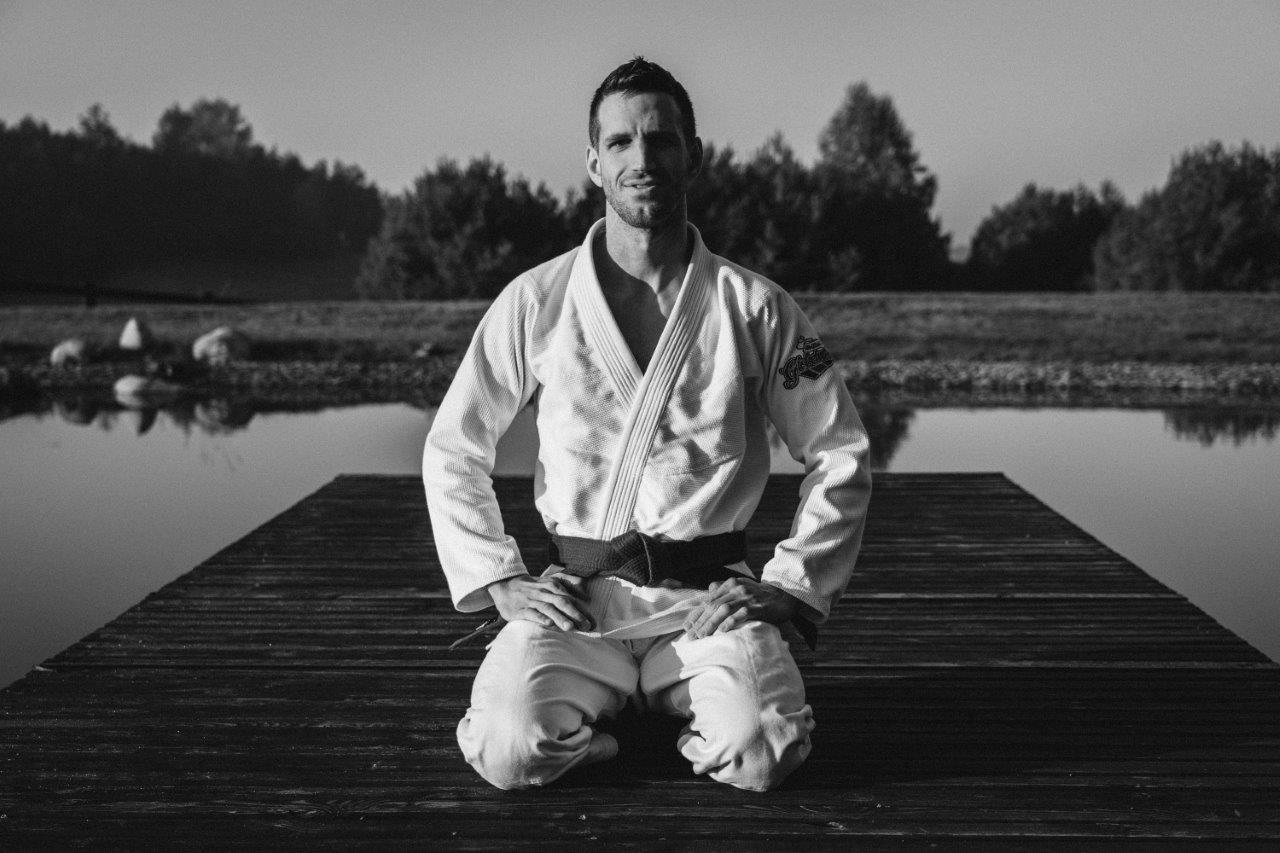The Dangers of Kata Competitions
Blog by Sebastiaan Fransen, 5th dan Judo
https://www.spfransen.nl/het-gevaar-van-katawedstrijden/
Last weekend, the IJF KATA World Championships 2015 took place in Amsterdam. There was significant attention given to kata, and I observed many positive reactions from judoka. As previously stated in this blog, I am a supporter of kata competitions as a way to promote kata. However, in this article, I also wish to address some of the dangers that kata competitions can entail. By acknowledging these risks, judoka can avoid potential pitfalls.
The end justifies the means
Jigoro Kano designed kata as the grammar of judo. By studying kata, judoka explore fundamental concepts such as kuzushi (breaking balance), maai (combat distance), and atemi-waza (striking techniques).
Kata was not originally intended for direct comparison between practitioners, making judging exceptionally challenging. When comparing kata performances, how can one decide that one pair’s kata is superior to another’s? In a grading examination, kata can reflect the judoka’s understanding, but what specifically should judges evaluate in competition settings?
If kata aims to deepen understanding of judo principles, significant learning occurs through experimentation. Judoka might vary distances, tempo, timing, direction, and intensity to grasp judo’s core concepts. When the primary goal is to enhance understanding, how should two pairs, both demonstrating excellent kata and deep understanding of principles, be differentiated?
At times, competition judging can feel as if you’re driving a nail into wood using a screwdriver; with effort, it might work, but a screwdriver has a different purpose. Kata was never designed for winning medals. Therefore, competitions should prioritize embodying the principles of seiryoku zen’yō (maximum efficiency) and jita kyōei (mutual welfare and benefit) rather than solely medal achievements.
Form versus substance
In an earlier article about truths and illusions, I wrote about omote (the visible) and ura (the hidden). Kata is not just about what is visible; it includes deeper layers. A risk of competitions (and exams) is the tendency of judoka to focus exclusively on omote because it’s easier for judges to assess.
Judoka may execute visually perfect kata, performing techniques flawlessly, but is this genuine kata? Have they uncovered ura (the hidden depth) through intensive study, or are they merely replicating omote (the visible)?
The critical distinction here is between genuine embodiment and imitation. Serious judoka fully understand and embody kata, making it feel natural and self-originated. All movements become logical, natural, and effortless. Form and substance become unified.
Focusing solely on form (omote) limits kata’s benefits, contributing minimally to judoka’s overall growth. True development comes from simultaneously exploring both omote and ura.
Kata without form is not kata. Kata without substance is pointless. Form and content are mutually reinforcing. In competitions, maintaining this balance is crucial.
One-dimensional training
Another risk involves one-dimensional training. Jigoro Kano created kata systematically to teach judo’s grammar efficiently to many judoka. He emphasized the importance of both kata and randori.
Yet some judoka exclusively practice their chosen kata, neglecting randori entirely to prepare solely for competitions. It’s comparable to studying grammar without ever speaking or writing the language—raising questions about its effectiveness.
Similarly, practicing only one role within kata poses issues. At Kodokan (Tokyo, Japan), candidates must perform as both tori and uke during examinations, as understanding kata requires studying both roles. Neglecting either role for competitions or examinations diminishes comprehensive understanding.
Judoka competing against each other benefit significantly from kata alongside randori. Kata competition pairs similarly benefit from incorporating randori into their training. Finding balance between both training methods is essential. Focus can shift, provided neither aspect is completely neglected.
Final Thoughts
This article is certainly not an argument against kata competitions. They bring enjoyment to many judoka, foster international knowledge exchange, and build friendships.
For instance, Cees Roest’s adapted nage-no-kata demonstration received significant attention. His version designed for judoka with disabilities (spinal injuries) will likely inspire many countries to explore adapted kata. Furthermore, World Championships often include seminars, allowing experts to explain kata deeply, exploring omote and ura, significantly contributing to global judo development.
However, I want to share my concern about reducing kata merely to competitive sport focused on medals. Kata competitions greatly enhance kata’s popularity, but we must remember kata’s original purpose: deepening judo understanding. Let’s continue organizing kata competitions with enthusiasm while preserving kata’s fundamental intent.
